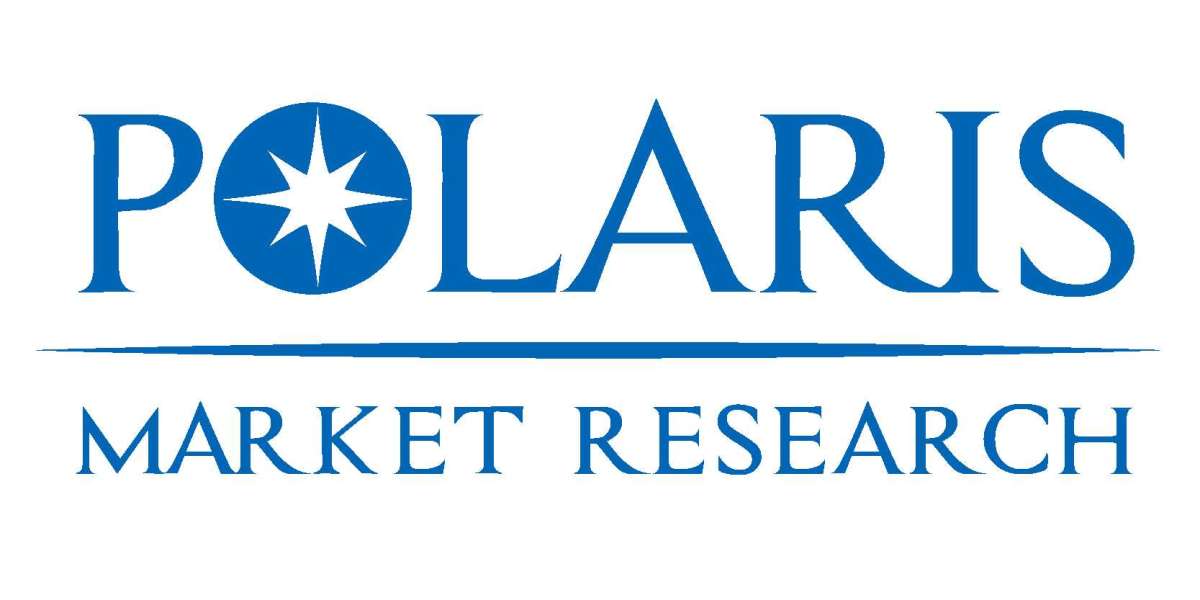Industrial wax casting, also known as investment casting, is a manufacturing process that has been revolutionized by the advent of 3D printing. This article delves into the advantages of integrating 3D printing technology into industrial wax casting, providing a comprehensive understanding of its impact on the manufacturing industry.

What is Industrial Wax Casting?
Industrial wax casting is a process used to create intricate and precise metal parts. It involves creating a wax model of the desired part, which is then coated with a ceramic shell. Once the ceramic shell hardens, the wax is melted away, leaving a mold that can be filled with molten metal. This technique is highly valued for its ability to produce complex geometries and fine details.
How 3D Printing Enhances Industrial Wax Casting
Integrating 3D printing into industrial wax casting offers several significant benefits:
- Precision and Accuracy: 3D printing allows for the creation of highly detailed and accurate wax models, ensuring that the final metal parts meet exact specifications.
- Efficiency: The use of 3D printing streamlines the production process, reducing the time required to create wax models and ultimately speeding up the entire casting process.
- Cost-Effectiveness: By minimizing material waste and reducing labor costs, 3D printing makes industrial wax casting more economical.
Precision and Accuracy
One of the most significant advantages of using 3D printing in industrial wax casting is the precision it offers. Traditional methods of creating wax models can be time-consuming and prone to human error. In contrast, 3D printing enables the production of highly accurate and intricate designs with minimal effort. This precision ensures that the final metal parts are of the highest quality, meeting stringent industry standards.
Efficiency
Efficiency is another critical benefit of integrating 3D printing into industrial wax casting. The traditional process of creating wax models can be labor-intensive and time-consuming. However, 3D printing significantly reduces the time required to produce these models. This efficiency not only speeds up the casting process but also allows manufacturers to meet tight production schedules and reduce lead times.
Cost-Effectiveness
Cost-effectiveness is a crucial consideration in any manufacturing process. By using 3D printing for industrial wax casting, manufacturers can reduce material waste and labor costs. The precision of 3D printing ensures that only the necessary amount of wax is used, minimizing waste. Additionally, the automation of the printing process reduces the need for skilled labor, further lowering production costs.
"The integration of 3D printing into industrial wax casting has transformed the manufacturing landscape, offering unparalleled precision, efficiency, and cost savings." - Industry Expert
Real-World Applications
Many industries have already embraced the benefits of using 3D printing for industrial wax casting. For example, the aerospace and automotive sectors rely on this technology to produce complex components with high precision. Additionally, the medical industry uses 3D printing to create intricate surgical instruments and implants.
Case Study: XYZ Manufacturing
XYZ Manufacturing, a leading company in the aerospace industry, has successfully integrated 3D printing into their industrial wax casting process. By doing so, they have achieved remarkable improvements in production efficiency and cost savings. Their ability to produce highly detailed and precise components has set a new standard in the industry.

Conclusion
In conclusion, the integration of 3D printing into industrial wax casting offers numerous benefits, including enhanced precision, efficiency, and cost-effectiveness. As technology continues to advance, we can expect even greater improvements in the manufacturing process. Embracing 3D printing for industrial wax casting is not just a trend; it is a strategic move that can significantly impact the future of manufacturing.
For more information on how 3D printing is revolutionizing industrial wax casting, check out this informative video.







